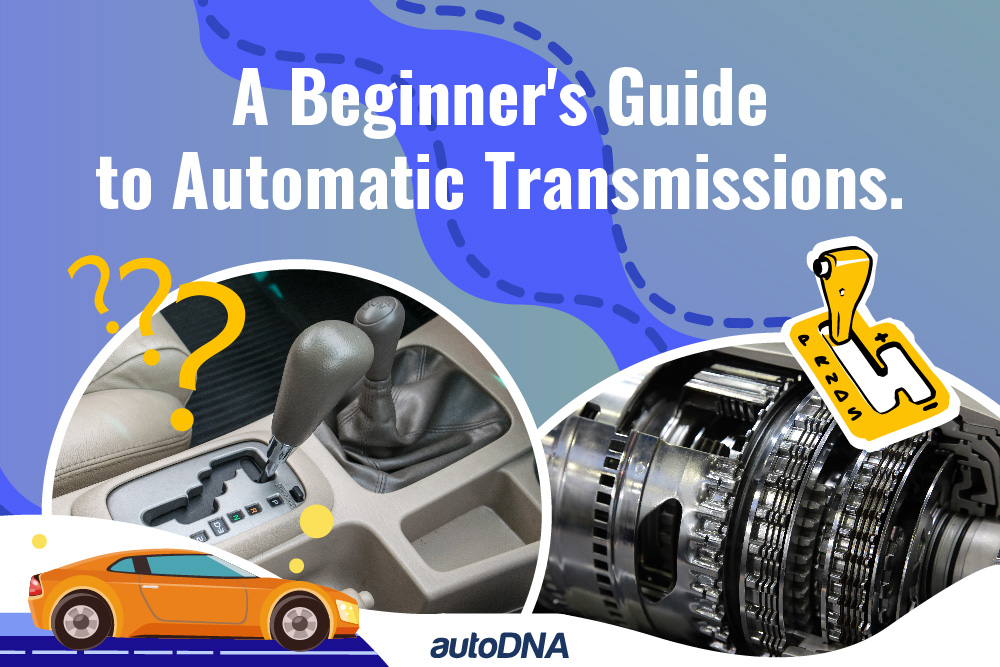Automatic car transmissions have revolutionized the way we drive. They offer convenience and comfort, making driving easier, especially in stop-and-go traffic. This guide will cover the basics of automatic transmissions, their types, components, advantages, and maintenance tips.
What is an Automatic Transmission?
An automatic transmission is a type of motor vehicle transmission that automatically changes gear ratios as the vehicle moves, freeing the driver from having to shift gears manually. This system allows for a smoother driving experience and enhances the vehicle’s performance.
Types of Automatic Transmissions
- Conventional Automatic Transmission: This type uses a torque converter to transfer power from the engine to the transmission, allowing for smooth gear shifts.
- Continuously Variable Transmission (CVT): CVTs use a system of pulleys and belts to provide an infinite number of gear ratios, optimizing engine performance and fuel efficiency.
- Dual-Clutch Transmission (DCT): This transmission combines two separate clutches for odd and even gear sets, allowing for quicker and smoother gear changes.
- Automated Manual Transmission (AMT): AMTs are manual transmissions that use an automatic clutch and gear shifting mechanism, providing a balance between manual control and automatic ease.
Key Components of Automatic Transmissions
Understanding the components of an automatic transmission can help you appreciate how they work:
- Torque Converter: A fluid coupling that transfers power from the engine to the transmission, allowing for smooth acceleration.
- Planetary Gear Set: A gear system that provides various gear ratios and allows for the automatic shifting of gears.
- Transmission Fluid: Acts as a lubricant and coolant, ensuring the smooth operation of the transmission components.
- Valve Body: The control center of the transmission, directing the flow of transmission fluid to different components based on the vehicle’s speed and load.
- Electronic Control Unit (ECU): Monitors various parameters and controls the shifting of gears for optimal performance.
Advantages of Automatic Transmissions
Automatic transmissions offer several benefits over manual transmissions:
- Ease of Use: Drivers do not need to manually shift gears, making it easier to focus on the road.
- Better Fuel Efficiency: Modern automatics can optimize gear changes for fuel economy.
- Smoother Driving Experience: Automatic transmissions provide seamless gear shifts, leading to a more comfortable ride.
- Enhanced Safety: With both hands on the wheel, drivers can react more quickly to changing road conditions.
Maintenance of Automatic Transmissions
Proper maintenance is crucial for the longevity and performance of an automatic transmission:
- Regular Fluid Checks: Check the transmission fluid level and condition regularly. Low or dirty fluid can lead to transmission issues.
- Fluid Change: Change the transmission fluid according to the manufacturer’s schedule, usually every 30,000 to 60,000 miles.
- Inspect for Leaks: Regularly inspect for any signs of fluid leaks under the vehicle.
- Check the Filter: Some transmissions have a filter that should be replaced to ensure clean fluid circulation.
- Professional Inspections: Have a professional mechanic inspect the transmission periodically for any potential issues.
Automatic car transmissions make driving simpler and more enjoyable. By understanding how they work, their advantages, and how to maintain them, you can ensure a better driving experience and extend the life of your vehicle. Whether you are a new driver or an experienced one, mastering the automatic transmission is essential for modern driving.

